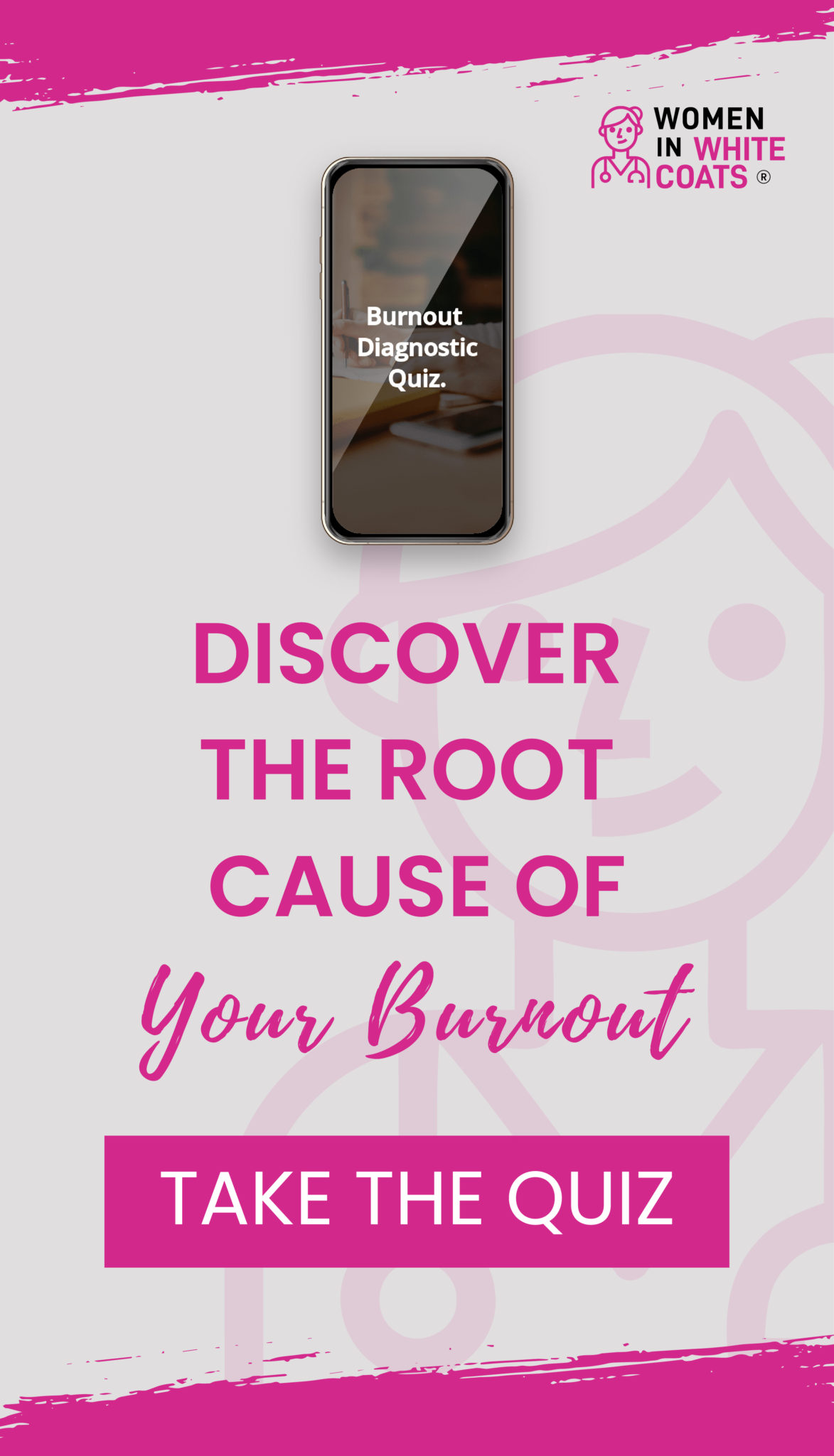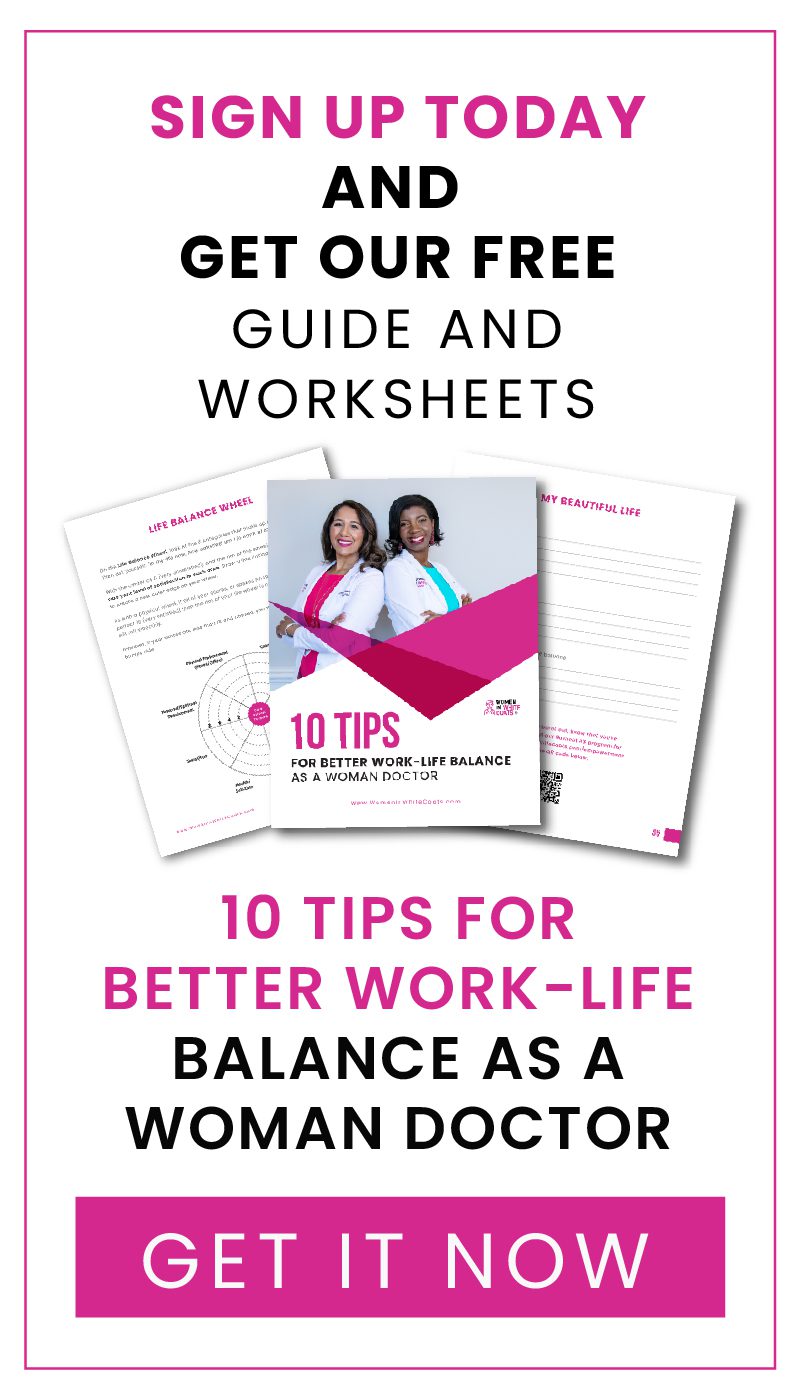As an emergency doctor, I find it hard to go to the doctor. After years of work in an emergency department, my first thought is usually this: “the symptoms I’m experiencing are probably minor.” I question whether it requires me, a doctor, to go to another physician?

The second thought I have is “I’m too busy.” I can generally self-diagnose what’s going on, and it’s often faster to ask a colleague to send in a prescription for me. Yet, this is a skewed and potentially hazardous habit I’ve developed. I am now working diligently to go to the doctor routinely and promptly when issues come up.
You Are Deserving of Medical Care
I am very fortunate my health is excellent. I’ve had no serious illnesses, hospitalizations, or surgeries. Yet, I’ve had small issues with my health. The first issue was so minor I put off going to see a doctor for years. I had rhinitis, and it was simply a runny nose. It was an impressive runny nose. I self-treated with antihistamines and inhaled corticosteroids. Nothing worked.
After years of annoyance, I brought it up with my primary doctor. She referred me to an allergist. My allergy tests came back negative. I sat in the allergy exam room, sipping on sparkling water and the allergist walked in. He was relaxed, spent a few minutes establishing rapport with me, then asked a few questions about my symptoms. Within two minutes, he looked at the sparkling water and said, “I think I know your problem. You’ve got acid reflux.” I thought, “What? No way, me? I don’t have acid reflux.”
He explained how I was silently refluxing, which irritated my sinuses and resulted in a pesky nasal drip. Much to my chagrin, he said my 3-4 sparkling waters per day were increasing my reflux. After two weeks of a proton pump inhibitor, I was cured.
This experience reminds me of the vastness of medical knowledge, and the reason we have specialists. I’m an ER doc, it’s okay I didn’t solve my mystery case of rhinitis! It also taught me it’s okay to seek medical care for a minor complaint. This “minor” complaint was so embarrassing and annoying, and now it’s gone!
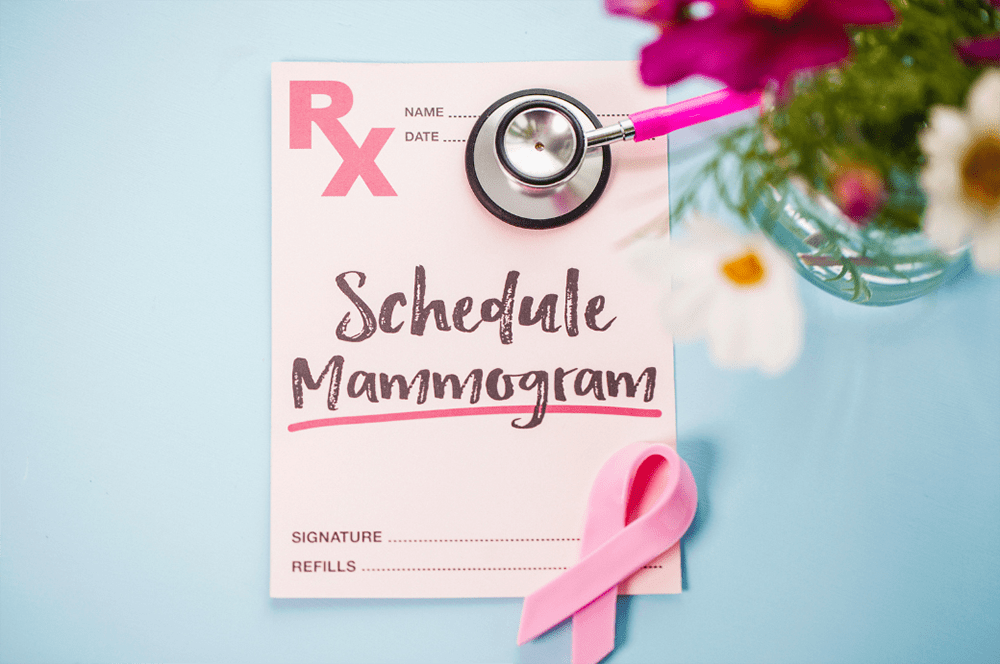
Being a Patient Makes Me a Better Doctor
I recall sitting in a crowded shared treatment area when a patient care tech loudly asked me about my period in front of the whole room. I was so embarrassed. Since I was a doctor, I felt empowered to share with her it was inappropriate to ask personal questions in front of a room full of people. As an emergency doctor working with crowded conditions during the pandemic, patient privacy has been a real challenge, but my personal experience has helped me work hard to create privacy whenever possible.
Last winter I felt a lump under my left arm. Assuming it was a reactive lymph node, I decided to watch it myself for 4-6 weeks. It persisted, and fortunately, I had a scheduled routine gynecological exam. I shared my concern with my OB-GYN, and she agreed it didn’t feel right. She recommended a mammogram and ultrasound. I have heard many horror stories about mammograms, and I was extremely anxious the day of my exam.
I’m happy to report, aside from the sheer awkwardness of having my breast squished between plates in front of a stranger, it wasn’t as bad as expected. I had minimal physical discomfort (understanding this isn’t everyone’s experience). The breast center I was evaluated at has the routine practice of a radiologist meeting with the patient immediately after the exams to share results. What a relief to get blessedly normal results before I had left the office.
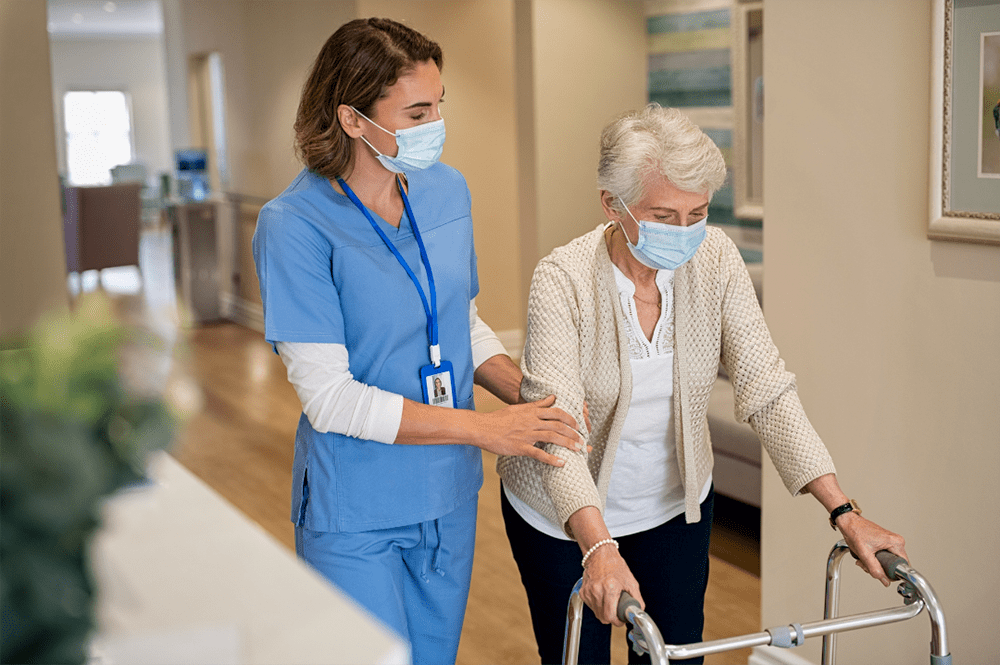
Slowing Down and Building Rapport with Patients
Both the allergist and the OB-GYN have taught me much about building rapport and slowing down with patients. As emergency doctors, we are always pushed to go faster. Administration tracks our door to doc time and door to disposition time. Furthermore, early in my residency, I was chided by a few faculty members for being slow. Compounded by my imposter syndrome of being slow and concerned about external metrics, I often feel rushed and skip right to, “What brought you to the emergency department today?”
I enjoyed seeing how other doctors establish dialogue and connection with patients. Feeling the benefit of even a brief attempt to see me as a person, just not a diagnosis, was very therapeutic for me. Establishing rapport in the emergency department is challenging, nearly everyone is having a bad day, worsened by the amount of time they have waited to see me. The patient has also been asked a series of repetitive questions over and over as they are shuffled from triage to their ultimate treatment area. I’ve learned to be more adaptive in how I establish rapport. Sometimes I get right to the issue that brought them in, which is appreciated when the patient is scared or in pain. Yet there is usually a moment mid-visit or at the end of our meeting to slow down and learn more about the patient and their life.
While there are many health benefits to regular primary care, another benefit is understanding how your own healthcare works. That may sound weird to a doctor, but all of us are subject to the complicated bureaucracy of American healthcare. Going in for minor complaints allows you to test the system. It’s helpful to have a primary care physician you can establish a connection and familiarity with. If you should have something serious come up, they already know you and your health issues.
A small act like getting your own personal physician’s e-messaging set up to facilitate a quick referral is helpful. E-prescriptions are a huge time saver, but also involve some front-end setup that varies among different healthcare systems and insurance companies. Navigating these time-consuming, annoying administrative issues is much easier when healthy vs. when sick or emotionally distressed by an actual or potential serious diagnosis.
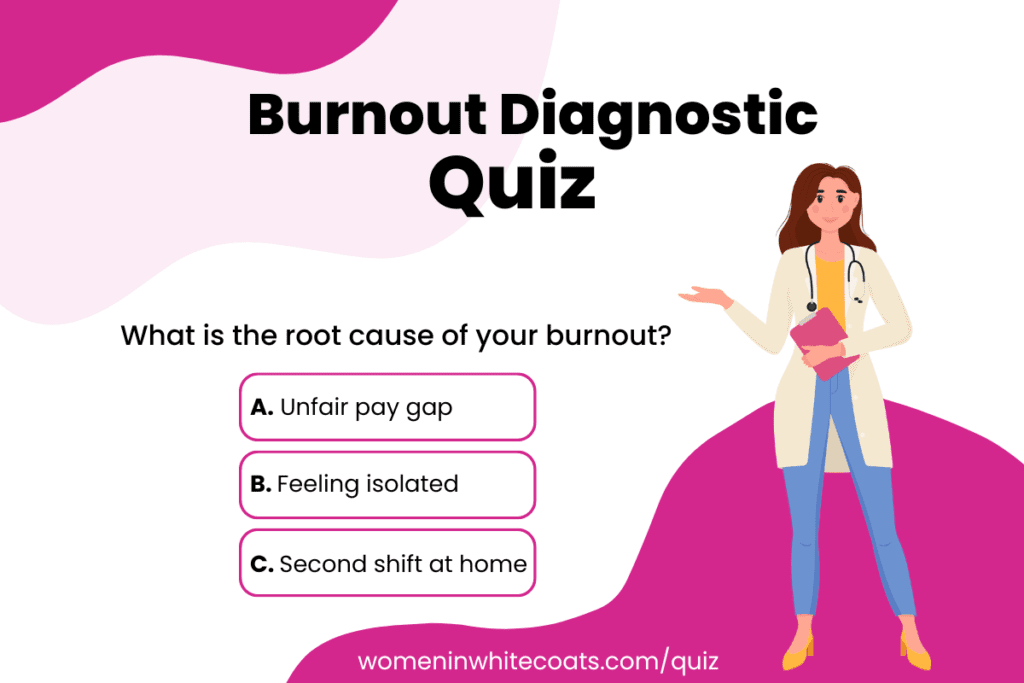
Tips for Veterans
Lastly, if you’re a veteran or care for patients who are, I highly recommend utilizing your VA Healthcare benefits. I will be the first to admit the VA has its challenges, but there are some services they do amazingly well. For instance, I noticed my co-pays with VA healthcare prescriptions were $20 each, which before cost me $60-100 each.
I switched over to the VA and get all my prescriptions for free (including over-the-counter medications/supplements like magnesium and melatonin) and free home delivery! The online portal to message my primary care provider works well. I get prompt responses, often in less than 24 hours. I get compression stockings prescribed for me, again for free. Each pair normally retails between $60 to $80. The VA has telemedicine, and frequently I can meet with my PCM virtually, saving time and eliminating parking and commuting. The VA can be slow for some specialty visits, so I keep a primary care provider with my private insurance to keep the door open for accessing healthcare outside the VA system.
Some physicians avoid going to the doctor for confidentiality reasons. If possible, you may want to opt for a health plan outside the medical system you work in. I do understand this is not always possible.

As a prior military physician, I was required to get medical care within the same system I worked in. I exercised as much agency as I could by selecting physicians I trusted, and I asked to see attendings only since I was an attending at the same hospital. For me, it would be awkward for a resident to examine me and then also report to me on their ER rotation.
Sometimes as doctors we convince ourselves we are impervious to the illnesses we see every day. Sometimes we fall victim to the superhero line to ignore it and soldier on through anything, including illness. Most of us chose medicine because we value health, yet the very system we work for often explicitly and implicitly tells us to ignore our own health needs. Please remember this, you are deserving of medical care. Share this blog with the doctors in your life to remind them to go to the doctor!
Dr. Andrea Austin MD, FACEP, FAAEM, CHSE, is a co-author of The Chronicles of Women in White Coats 4. She practices emergency medicine and telemedicine in Southern California. Dr. Austin teaches and consults on emergency medicine, simulation, medical education, military medicine, veterans’ health, and equity in healthcare. In 2016, she deployed to Iraq as part of a Shock Trauma Platoon and was the first woman emergency medicine physician to be stationed at Navy Trauma Training Center (NTTC) at LA County + USC, one of the busiest trauma centers in the United States. Dr. Austin is a dedicated women physician advocate and co-founder of Revitalize Women Physician Circle.
Want to learn how to tackle feelings of burnout? Sign up on the waitlist for our next WIWC Physician Wellness and Empowerment Program: Burning Bright Instead of Burning Out, you won’t regret it!

